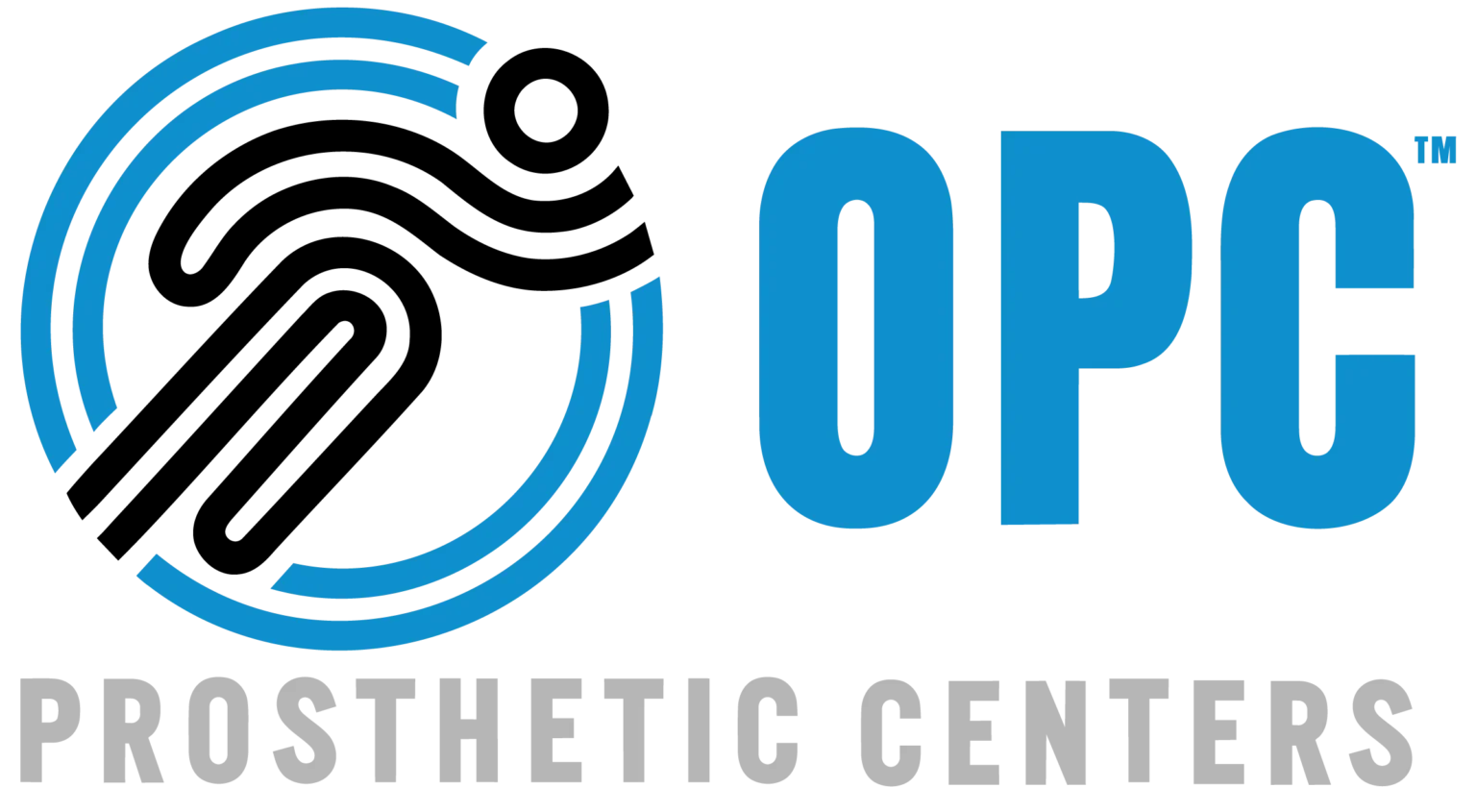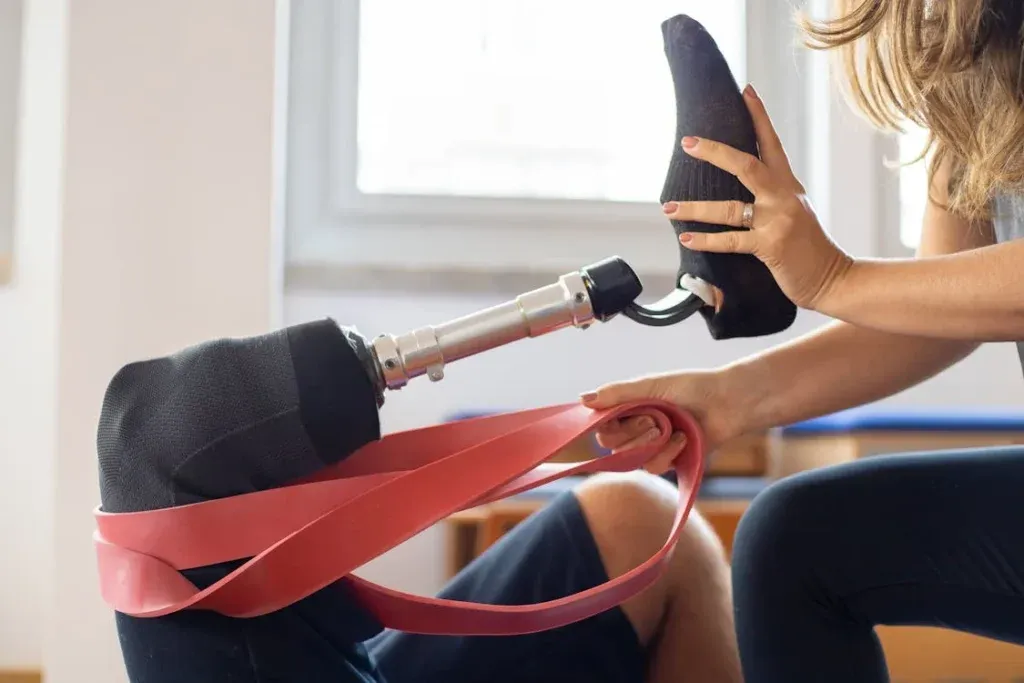Losing a limb changes life in an instant. For many, the road to recovery includes searching for the right prosthetic. However, the cost of new prosthetics often shocks patients and families. Prices can reach thousands of dollars, and many insurance plans don’t fully cover them.
Now imagine the stress this adds to someone already facing physical, mental, and emotional hurdles. People feel stuck, thinking they have no options. Some delay their mobility journey. Others settle for a poor fit. Meanwhile, thousands of used prosthetic limbs sit unused in closets or storage rooms across the country.
Thankfully, buying used prosthetic limbs is becoming more common—and for good reason. These devices don’t just save money. They offer dignity, freedom, and a second chance to walk, work, or hug a loved one again.
A Second Chance Doesn’t Have to Mean a Second Mortgage
New prosthetics are expensive. A basic limb can cost up to $10,000, while advanced models can triple that price. As patients heal, many need replacements or adjustments, which only adds to the financial burden. prosthetic limbs offer a cost-effective alternative without compromising functionality. They often come from people who’ve outgrown or upgraded their devices. With light refurbishing, the quality remains high, and the savings can be significant.
Sustainability: Help the Planet While Helping Yourself
Every year, thousands of prosthetic components are discarded, contributing to medical waste. Many of these parts can be safely reused with basic cleaning and repairs. Choosing prosthetic limbs helps reduce landfill waste and lowers the demand for manufacturing new units. That means less metal, plastic, and energy consumption. Buying used doesn’t just help your budget—it also supports environmental responsibility.
Access for All: Making Mobility Possible
Around the world, and even within the U.S., thousands of people still struggle to access basic prosthetic care. For growing children, the problem is even more urgent—they often outgrow devices within a year or two. prosthetic limbs make it possible to meet these needs without massive expenses. Additionally, several nonprofits and outreach programs collect gently used devices and distribute them to underserved communities, creating a more inclusive society for all.
Quality and Comfort Can Still Be Expected
Concerns about comfort or performance are common when it comes to buying used devices. But most used prosthetic limbs can be adjusted or customized by certified prosthetists. Many used limbs have barely been worn, especially those used temporarily after surgery or during trials. High-tech limbs returned during evaluation periods often enter the used market in near-new condition.
Emotional Impact: Stories That Matter
Used limbs carry stories of strength, recovery, and hope. When someone donates their device, they aren’t just giving up an object—they’re sharing a piece of their journey. Buying used prosthetic limbs means more than saving money. It connects people through shared struggles and victories. Donors often feel fulfilled knowing they’ve helped another person move forward. Recipients, in turn, gain not only mobility but also the emotional support that comes from community and care.
Support and Customization Still Exist
Some worry that used limbs don’t come with the same level of support or customization as new ones. That’s simply not true. Most providers offering used prosthetic limbs also assist with fittings, adjustments, and maintenance. Skilled prosthetists can reshape sockets, change components, and fine-tune performance. Many used limbs are modular in design, making it easier to replace or upgrade individual parts without buying an entirely new system.
It’s the Smart Choice for Temporary Needs
Patients recovering from amputation surgery often need temporary limbs while waiting for long-term options. Buying used prosthetic limbs for temporary use makes financial sense. These devices still provide solid support and allow patients to regain independence during a critical time. After use, they can be donated back into the system, helping others and keeping the cycle going.
Donation Keeps the Cycle Going
Many people don’t know what to do with their old limbs after upgrading or outgrowing them. Some even feel guilty about tossing something that played such a vital role in their recovery. Donating used prosthetic limbs helps others and strengthens the community. It reduces waste, encourages empathy, and offers another person the chance to regain independence.
Changing How Society Thinks
The idea of using secondhand medical devices may have once felt taboo, but not anymore. Used prosthetic limbs are becoming symbols of smart, responsible choices. They represent compassion, awareness, and action. When someone chooses to buy or donate a used limb, they show that practicality and kindness can work hand in hand. It’s not about making do—it’s about making a difference.
More Resources Are Available Than Ever
Years ago, finding used prosthetic limbs was difficult and often involved complicated processes. Now, access is easier than ever. Online platforms, prosthetic clinics, nonprofit organizations, and even social media groups help connect donors with those in need. Local support groups and rehab centers often have direct access to donation programs. More prosthetists are also open to working with used devices, making fittings and adjustments readily available.
Conclusion
The idea of reusing medical devices might seem unusual at first, but when you look deeper, it makes perfect sense. Buying used prosthetic limbs isn’t just about financial savings—it’s about reducing waste, increasing access, and sharing hope. It’s a decision that supports your body, your community, and the environment all at once.
You’re not alone in this journey. Others have walked the same path—some even reach out to the OPCenter to begin a better tomorrow.



